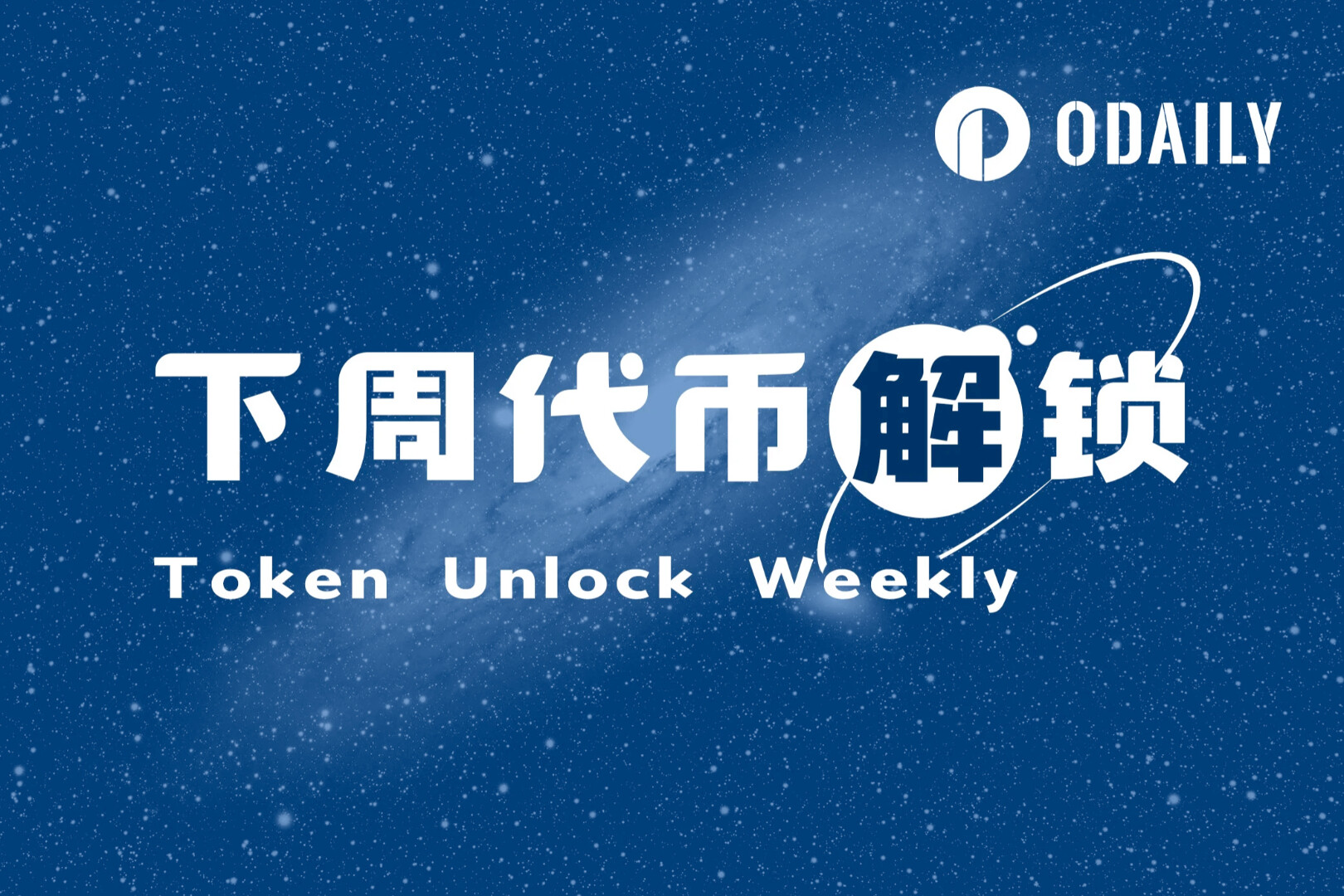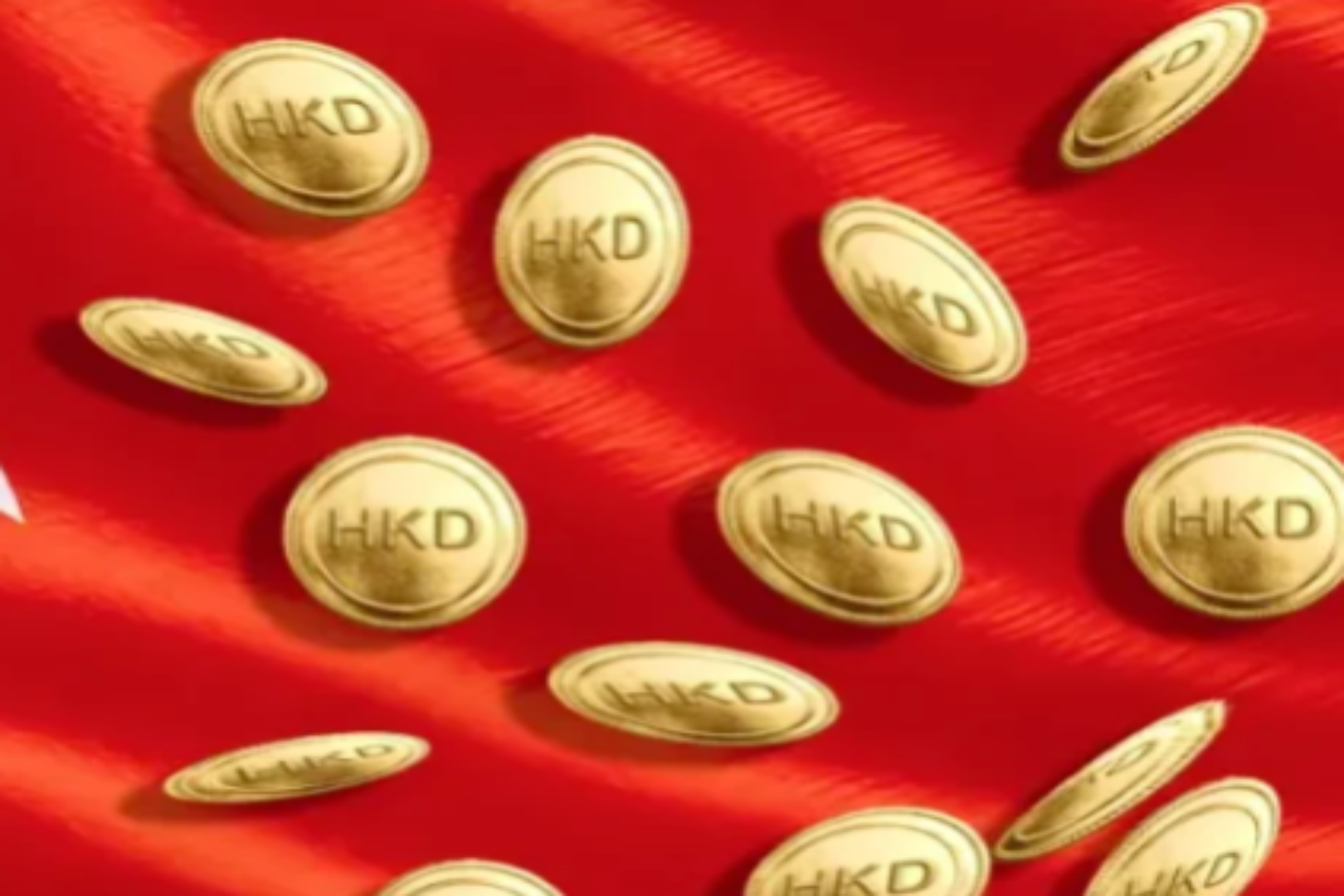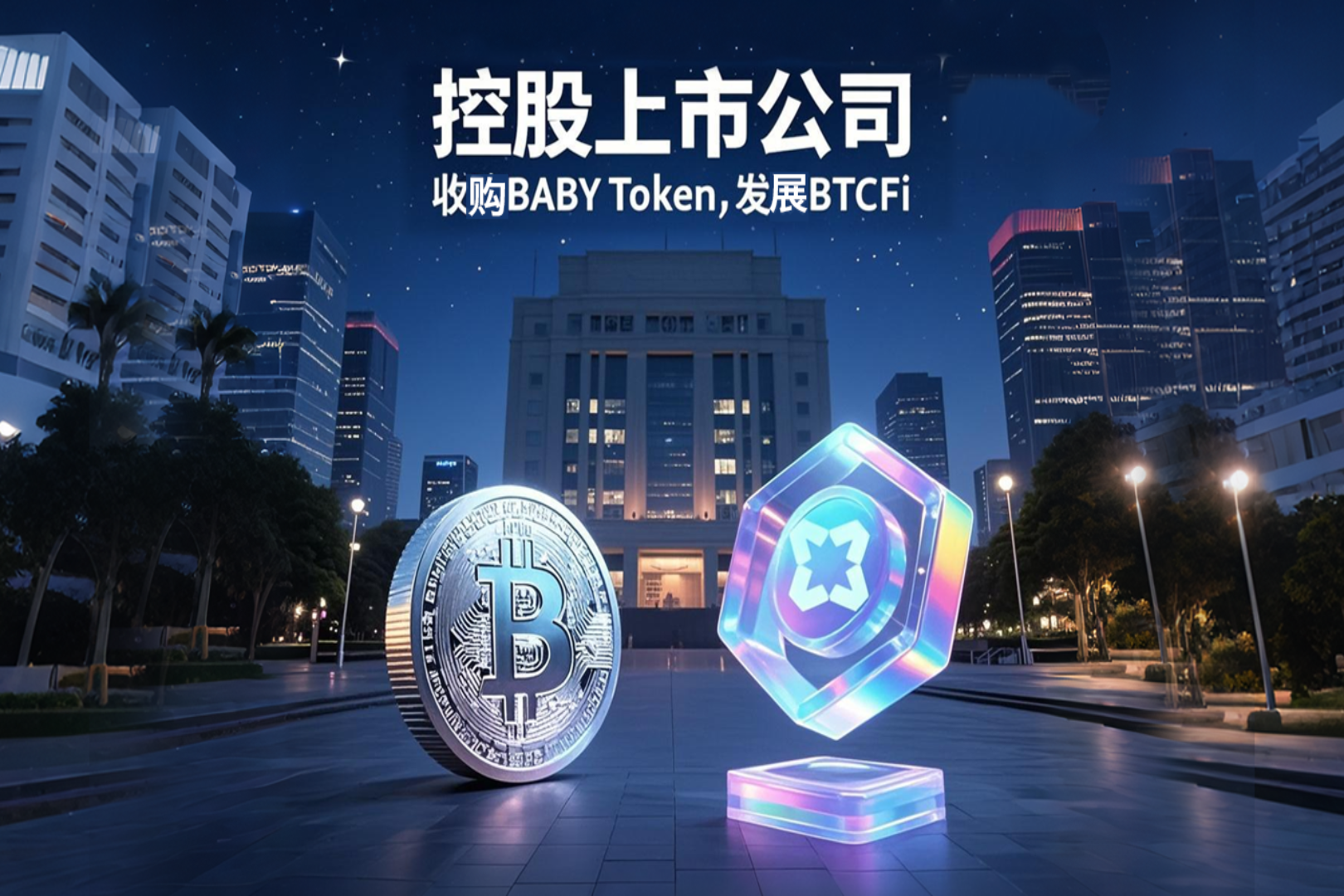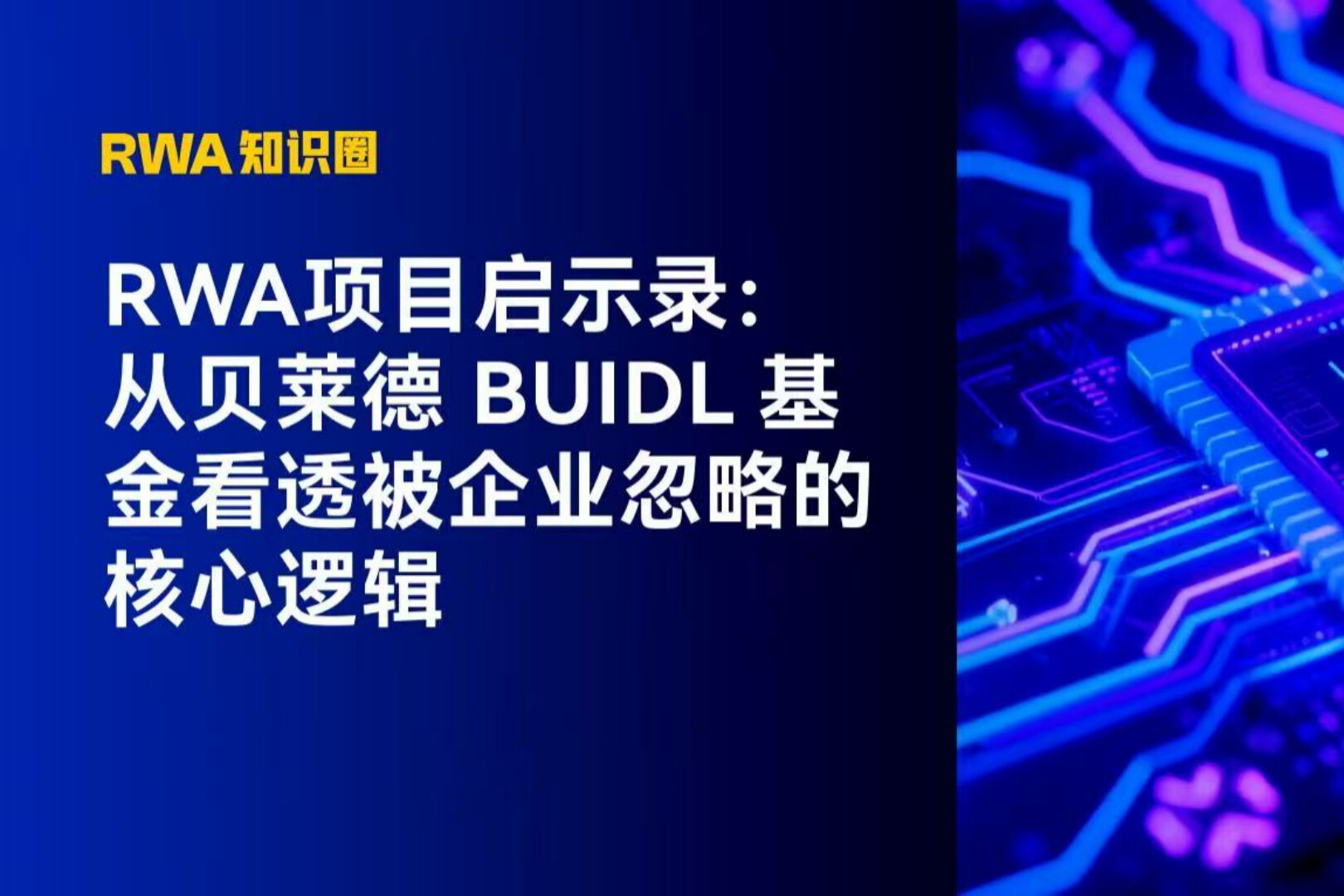Author: Jasmine; Editor: Wen Dao
Author: Jasmine; Editor: Wen Dao
Every new decentralized exchange (DEX) that appears in the DeFi world will be benchmarked against Uniswap, which is the largest DEX on the Ethereum chain.
There are also more and more dimensions of competition between DEXs, from the ratio of total locked positions (TVL), transaction volume, to user volume, and now they are starting to compare functionality. In addition to decentralized trading of various encrypted assets, some DEX platforms are involved in functions such as depositing coins to generate interest, financing innovative projects, introducing financial derivatives and even buying lottery tickets. Just like the copying of the operation model of the centralized exchange (CEX), DEXs have a tendency to involve.
Looking back at Uniswap, it seems to have given up on involution with its peers in terms of scene functions. From the v1 and v2 versions to the v3 version, which has been launched for less than a month, Uniswap has been upgrading on the lifeline of AMM (Automatic Market Maker) DEX. After solving peer-to-peer transactions with passive liquidity, it has moved to a new level of sophisticated transaction depth.
After Uniswap v3 achieves aggregated liquidity, the TVL of 1.6 billion US dollars is not even half that of the v2 version, but the transaction volume of 142 million is twice that of the v2 version. Using less locked-up funds to achieve higher transaction volume, Uniswap v3 has indeed improved the efficiency of funds, which is one of its phased goals.
However, data from follow-up studies show that v3 has not brought significant improvement in the impermanence loss of liquidity providers (LPs), and we need to wait for the LPs to improve their strategies, and also need the support of a low gas fee environment such as Layer 2 .
When the rate and speed are improved, Uniswap's hot AMM model will have a chance to compete with CEXs in the traditional order book model.
first level title
Low TVL Creates High Volume
Uniswap v3 has been running on Ethereum for 26 days. As of 3 a.m. Beijing time on May 31, the total locked value (TVL) of encrypted assets on v3 was 1.65 billion US dollars. From May 5 when it was officially launched, the TVL has been on the rise, but if compared with the TVL indicator of the v2 version of 4.81 billion US dollars, v3’s ability to “absorb money” for liquidity providers seems to be much weaker.
On the contrary, in terms of trading volume indicators, the level of v3 has surpassed that of v2. At 3 a.m. on May 31, the 24-hour trading volume of Uniswap v3 was 1.42 billion US dollars, while v2 was only 686 million US dollars at the same time. In other words, the transaction volume of v3 has more than doubled that of v2.
OKLink data shows that since the launch of the new version of Uniswap, the trading volume of v2 has shown a gradual downward trend. The daily trading volume peaked at 5.04 billion U.S. dollars within 30 days, and it has been below 1 billion U.S. dollars for 4 consecutive days. On the other hand, in v3, the transaction volume has continued to rise from 170 million U.S. dollars at the beginning of its launch, reaching a peak of 2.62 billion U.S. dollars, and remained above 1 billion U.S. dollars for half a month.
Judging from the monthly trading peak of US$5.04 billion in v2 on May 16, the TVL of that day was US$7.53 billion; while in v3, when the market fell sharply on May 19, the trading volume hit a new monthly high of US$2.62 billion. But the TVL on that day was only $880 million.
The data shows that Uniswap v3 has created a high transaction volume with a low level of locked-up funds, which to a certain extent has achieved the goal that the new version wants to achieve-improving capital efficiency.
At least, from the data point of view, as a decentralized trading application, the new version of Uniswap is much less dependent on LP liquidity lock-up funds, and the new design of centralized liquidity or "aggregated liquidity" is working. It Allow liquidity providers (LP) to customize price ranges, allowing them to concentrate funds within the range of most trading activities. For pure Swap (currency exchange) users, this design strengthens the transaction depth.
Comparison of daily TVL turnover rates of 3 DEXs (data from IOSG)
In addition, IOSG also used DEX aggregator data to verify that v3 does provide better prices for trading users. The agency tracked two aggregators, Matcha and 1inch, which send most of their trading volume to the most competitive trading markets in order to provide end users with the best prices. “We observed a trend that Aggregators allocate most of the volume to the latest Uniswap release, which means better pricing.”
first level title
Can't wait for Optimism, go to Arbitrum first
No waste of locked-up funds, and provide the best price. From the current data, Uniswap v3 has indeed improved the efficiency of funds. However, in the view of IOSG, v3 compared with v2 does not solve the problem of impermanence loss, but the size of the loss can be determined by the behavior of LP.
The agency gave an example based on the rules of v3 - suppose to provide liquidity for ETH-DAI.
image description
IOSG Explains LP's Risk Exposure with ETH-DAI Pool
"Funds will not become active until the price of ETH exceeds $2817.5. Assuming that the price of ETH eventually rises above $3138.8, LP's position will be completely composed of DAI (v3 rule), and LP's risk exposure to ETH's further rise is zero. After that , the liquidity of DAI will be inactive until the price of ETH falls back into the range. Assuming that ETH falls back into the range at some point and continues to fall below $2817.5, the LP position will be completely composed of ETH.” Therefore, the rise in ETH In the case of ETH, LP loses exposure to rising prices; in the case of ETH down, LP gets 100% downside risk exposure. Once the price lag between centralized exchanges and Uniswap, arbitrageurs will suppress LPs.
This means that LPs that do not actively adjust the market-making price range according to the market price may suffer greater impermanent losses. IOSG also found that in Uniswap v3, arbitrage bots contributed large volumes. This also means that there is a high probability that LPs who operate manually will "beat" scientists who use robots to arbitrage.
A practical problem is that in a fluctuating market, adjusting lock-up funds in different price ranges requires paying Gas fees for LPs. Uniswap v3 deployed on Ethereum is undoubtedly not friendly enough. Without adjusting the capital pool, LP will face potential impermanent losses on the one hand, and on the other hand, it will also mean a decline in yield. This reality is probably the reason why the TVL in v3 cannot surpass the v2 version.
IOSG believes that LP's mature position management and rich active management tools will gradually solve the existing problems of v3, and the Layer 2 deployment and low gas fee environment also support a more active LP strategy.
Of course, the Uniswap community has long noticed that the high cost of Gas restricts ecological development. Before the release of the v3 version, the team stated that it would deploy the new version on the Layer 2 network. The solution chosen at that time was the Optimism network that supports the Ethereum EVM, but the network will not open the main network until at least July.
The Uniswap community couldn't sit still. On May 27, Robert Leshner, the community KOL and the founder of Compound, launched a vote on whether Uniswap V3 should be deployed to the Arbitrum network. The network is also a Layer 2 solution, and the mainnet will be opened on the 28th.
The two-day vote finally won an overwhelming victory, and the community approved the proposal to deploy Uniswap v3 in Arbitrum with nearly 100% support.
first level title
Others innovate functions, Uni carves mobility
From the birth of Uniswap in November 2018, it has been iterated to v3. This DEX that practices the AMM model and promotes it has been developed for two and a half years.
Compared with the DEXs that have been rushing into the market with the exchange public chain since October last year, the veteran Uniswap is more focused on AMM, and the decision to issue governance tokens seems to be stimulated by post-competition such as SushiSwap made.
Then, PancakeSwap on the BSC chain came, and MDEX on the Heco chain came, and the latter simply expanded its sphere of influence to the BSC chain, obtained an increase in TVL and transaction volume, and planned to expand the station to more Expansion on the blockchain network.
Various DEXs not only actively carry out multi-chain deployment, but also develop more functions following the operation model of centralized exchanges. PancakeSwap is not limited to trading and absorbing asset liquidity, but also provides IDO, deposit money and even lottery sales services. MDEX has also launched a similar function of IDO.
People not only feel that DEXs are homogeneous, but even their operating models with CEXs are also homogeneous. On the other hand, Uniswap seems to have given up on the "involvement" with the players on the track, and blindly digs deep into the AMM mode.
Compared with the v1 version, Uniswap v2 allows users to create an exchange pool between any two ERC20 assets, gather the liquidity of more assets in the pool, and allow users with trading needs to use the liquidity in the pool to complete point-to-point "exchange" ", and find a more suitable exchange path for them; and the v3 version refines the exchange pool, allowing LPs to provide liquidity according to market needs, improve capital utilization through active market making, and obtain benefits from it.
Compared with pursuing the growth space of TVL, the evolution direction of Uniswap is how to make good use of the LP liquidity in the pool, so that automatic market maker customers can serve Swap users and earn income from it.
Running liquidity and transactions without an intermediary is a manifestation of Uniswap's creativity, and it is also the root cause of it being evaluated as a DEX model. When other DEXs compete with it, its eyes have been fixed on the centralized exchange.
If you have an impression, you probably won’t forget the excitement of Hayden Adams last year, “Uniswap’s 24-hour trading volume is higher than that of Coinbase for the first time in history.” Compared with competing with other DEXs for multiple functions, Uniswap’s deadly AMM may have greater expectations One day, the DEX under the automatic market maker model will surpass the centralized exchange and become the real blockchain infrastructure in the encrypted asset market.





